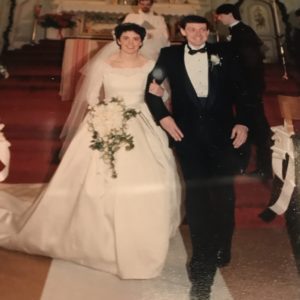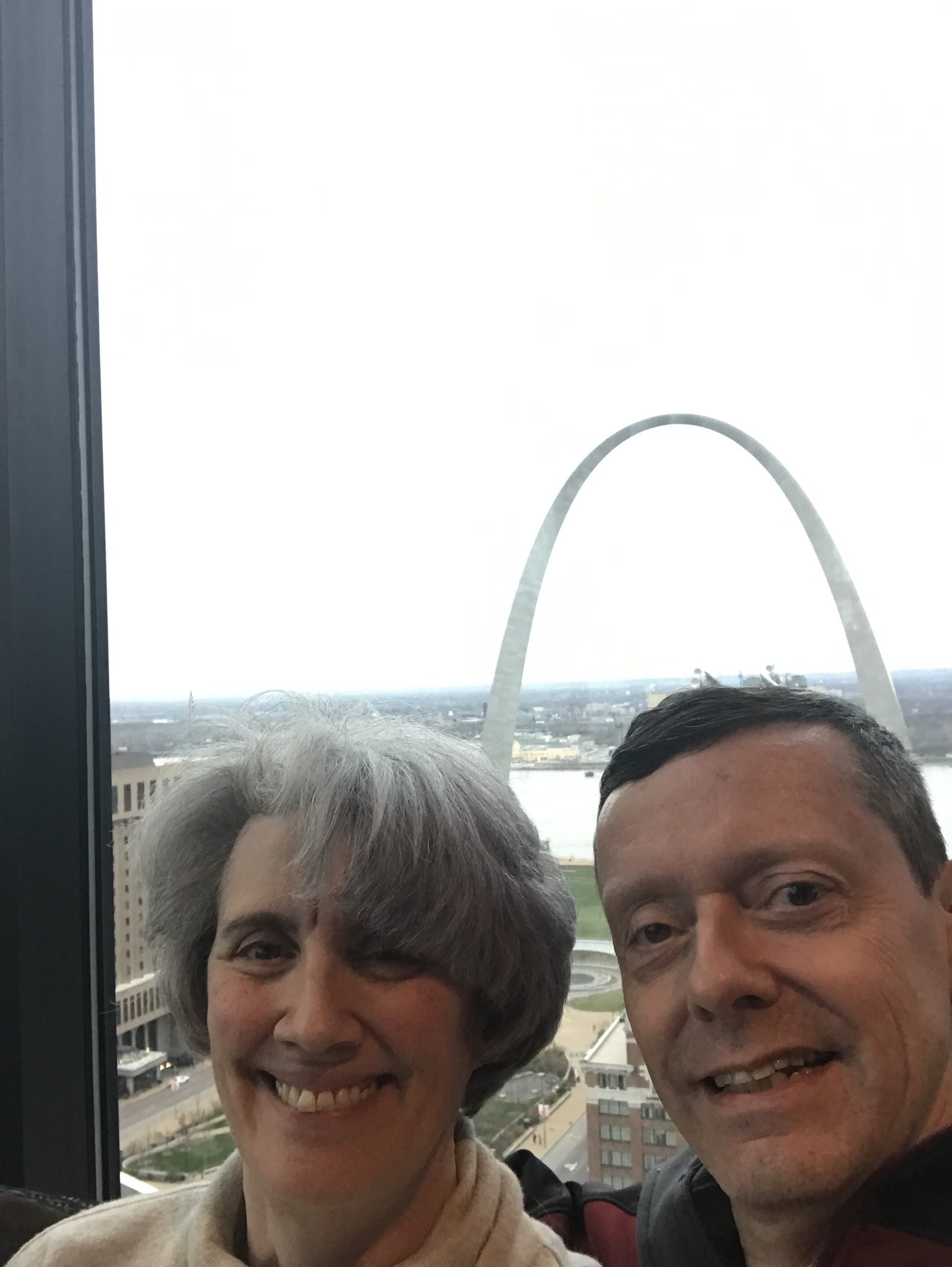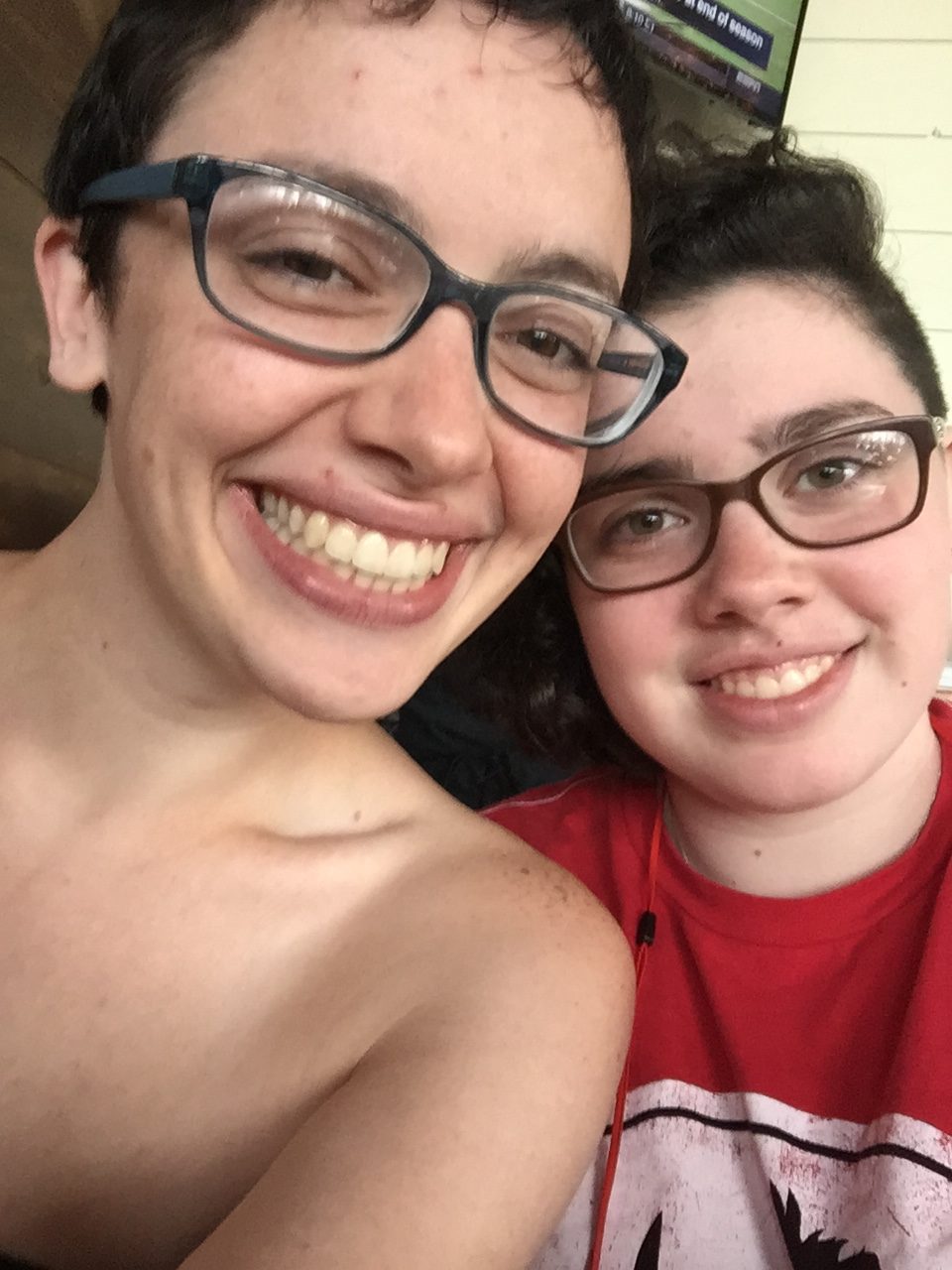Diagnosed at 23
Mary
Story Written by Author/Self
 I was diagnosed with hydrocephalus in May 1985 at the age of 23, but I believe my symptoms began when I was 17.
I was diagnosed with hydrocephalus in May 1985 at the age of 23, but I believe my symptoms began when I was 17.
My senior year in high school, I experienced a number of fainting spells. Our family practitioner diagnosed me with vertigo and prescribed some medication. I regained my balance and stopped taking the medication when the prescription expired. My freshman year in college was uneventful health wise, but by my sophomore year I started to have severe headaches. This time my family practitioner chalked it up to stress and anxiety, I was working full-time to pay for college. He diagnosed Valium. Not only did this not help my headaches, I kept sleeping through class. At this point I decided not to deal with doctors, and went to using aspirin to manage my pain, taking as much as 16 or 20 a day. Most of the time it relieved the pain, occasionally I spent most of the day in a dark room for several hours before I could get up without nausea. Another symptom, I now recognize is that although I could do very well in classes that built on skills I learned before my sophomore year, I had great difficulty learning new things. I had to take a programming class multiple times before I managed to pass.
When I graduated college, I joined the Peace Corps and taught high school Math in Morocco and Kenya. My school in Kenya was at about 10,000 feet. I don’t know if the elevation attributed to the increase in symptoms or not, but within 6 months I experienced a variety of new symptoms. I started losing my balance while teaching and I could not see with my current glasses. Also, after being a swimmer, field hockey player, and a regular 10K runner before going overseas, I was unable to hike Mt. Kenya with my friends.
I went to the nurse at Peace Corps offices, and after much complaining and distress, she ordered an x-ray of my skull. The x-ray showed a “battered copper” like image of my skull, and I was admitted to the local hospital. Nairobi Kenya did not have CT machines, so I flew back home to George Washington University for diagnosis and treatment. I was lucky enough to have Dr. Arthur Kobrine as my neurosurgeon (he is famous for saving James Brady, who is the namesake of the Brady Law). The CT scan showed very enlarged ventricles. I was placed on a steroid regimen for a couple of days and scheduled for surgery. The most remarkable thing noted in the surgical notes is that the cerebral fluid shot to the ceiling when the brain was pierced. I was kept horizontal for five days post-surgery, to allow my ventricles to shrink and reduce the side effects. I experienced nausea and dizziness for about three months post-surgery, and the CT scans showed enlarged ventricles for about the same amount of time.
The good news is that since my diagnosis, I seem to have few long-term problems. However, my balance is not the greatest and I have difficulty with my grip in both hands. I spent 15 years after the surgery in the Information Technology sector and I was considered a very good programmer and database designer. I have had two malfunctions – the first with the pregnancy of my oldest child. I was 28 and eight months pregnant, and she was breached, which caused a blockage in my shunt. The doctors wanted to perform a C-section at that point but luckily, the problem was fixed after I slept at a 45-degree angle until a week before my due date. Eventually, Rachel was delivered by C-section healthy and happy. I gave birth to my second daughter, also by C-section without incident eight years later.
The second malfunction came when I was 48 years old. When I was 46 I went for my regular mammogram. When my primary care physician received the results, she saw that my shunt was shattered. I believe this was a result of the shunt being grabbed with the breast tissue for examination. I went to my neurosurgeon, Dr. Len Cerullo in Chicago. He ordered a CT scan, and everything looked normal. We agreed to do nothing, because I was asymptomatic. About a year later, I was teaching summer school (career change at 42), and I started experiencing problems, but cannot recall much about what happened. I emailed my husband saying we should schedule a follow-up with Dr. Cerullo. The next thing I remember is the Assistant Principal escorting me to his office, and my husband driving me to the hospital. A CT scan was ordered, and I was told to go home and wait for the results. When the results came back I was admitted to the ICU. I had surgery the next morning to replace my shunt. The second surgery was two days later, and unfortunately my condition worsened. My body was rejecting the second shunt. The third surgery was more successful, and my drain was moved to between my rib cage which hopefully will prevent a second breakage.
I am 57 years old now, and have been without incident for nine years.






Tell us about your journey with hydrocephalus!
Share your story of hope and perseverance with us! We will feature the amazing individuals in our community who are living life to the fullest regardless of their condition! Stories are reviewed by our staff and posted on our website and through social media. Stories should be no more than 800 words long. Click here to submit your story today!
Let’s SHARE. Let’s CONNECT. Let’s raise AWARENESS! Let’s INSPIRE!
For questions, email: communications@hydroassoc.org with the subject line “Share Your Story”.
Become a Grassroots Advocate for Hydrocephalus today! Visit our Advocacy Action Center.
